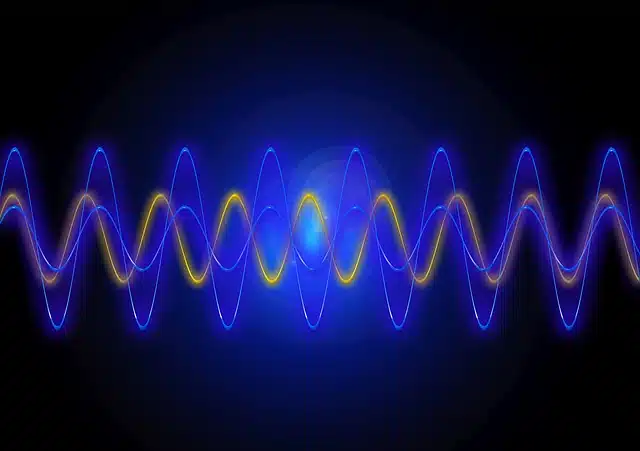
The number of times a periodic process repeats per unit of time is called frequency.
Frequency is the lesser or greater repetition of an event . For example: "In this city it rains too often" , "The protagonist frequently gets the lyrics wrong" .
The term comes from the Latin frequentĭa and also refers to the number of times a periodic process is repeated per unit of time. The International System notes that frequencies are measured in Hertz (Hz) , a unit named after the German physicist Heinrich Rudolf Hertz . A Hz is an event that repeats once per second; Therefore, the unit is also known as cycle per second (cps) .
Other units linked to frequencies are revolutions per minute ( rpm ) , radians per second (rad/s) and strokes per minute (bpm) . BPM is used to measure the heartbeat or tempo of music .
Frequency in radio, TV and telecommunications
In the field of radio and television, the term frequency is widely used because it establishes the bands in which the different stations, from both media, broadcast. That is, they are the bands that are assigned to them and if we search for them we can enjoy the programs of a specific radio station or a channel on the small screen in question.
In telecommunications , the frequency band is the frequency interval between two established limits that determine its application. It should be noted that frequency maintains an inverse relationship with wavelength : the higher the frequency, the shorter the wavelength and vice versa.
Audiofrequency encompasses all waves whose frequencies are between 20 and 20,000 Hz, which means that they are audible to the human ear. Infrasound is below audio frequencies, while ultrasound is above; therefore, they are inaudible to humans.

Radio stations broadcast on certain frequencies.
Other uses of the term
In addition to all of the above, we cannot ignore the fact that the term frequency is used in various countries as part of already established colloquial expressions. In this way, for example, in Cuba there is the adverbial phrase "transmit on different frequencies" that is used when you want to make it clear that a person has an opinion or idea different from ours.
For statistics , frequency is the number of elements included in an interval with a certain distribution.
“Frequency” movie
In the same way, it is also worth highlighting the fact that in the field of cinema there is a film titled "Frequency . " It was released in 2000 , directed by Gregory Hoblit and starring both Dennis Quaid and Jim Caviezel , which takes as its starting point the development of a unique natural phenomenon within the northern lights.
This is a fact that will mean that John can contact his father through an amateur radio station. The unique thing about the matter is that this connection is made by breaking all the barriers of time since John lives in the year 1999 and manages to speak with his father while he is living in the decade of the 60s and shortly before he dies in a work accident.
